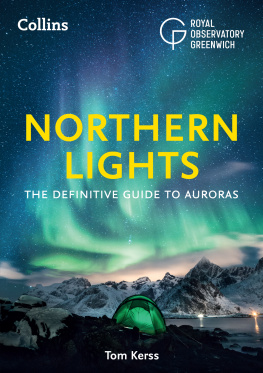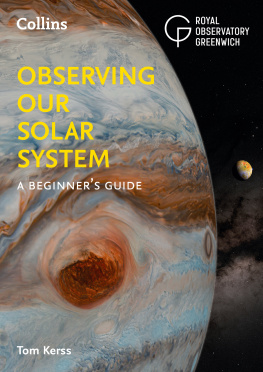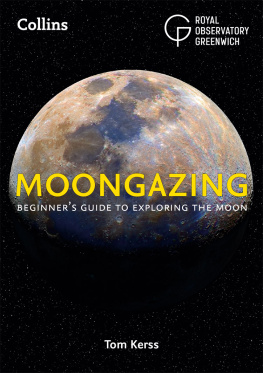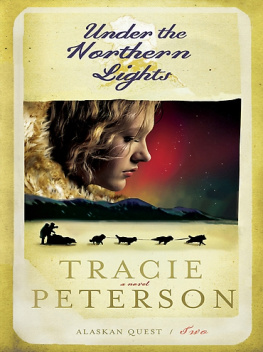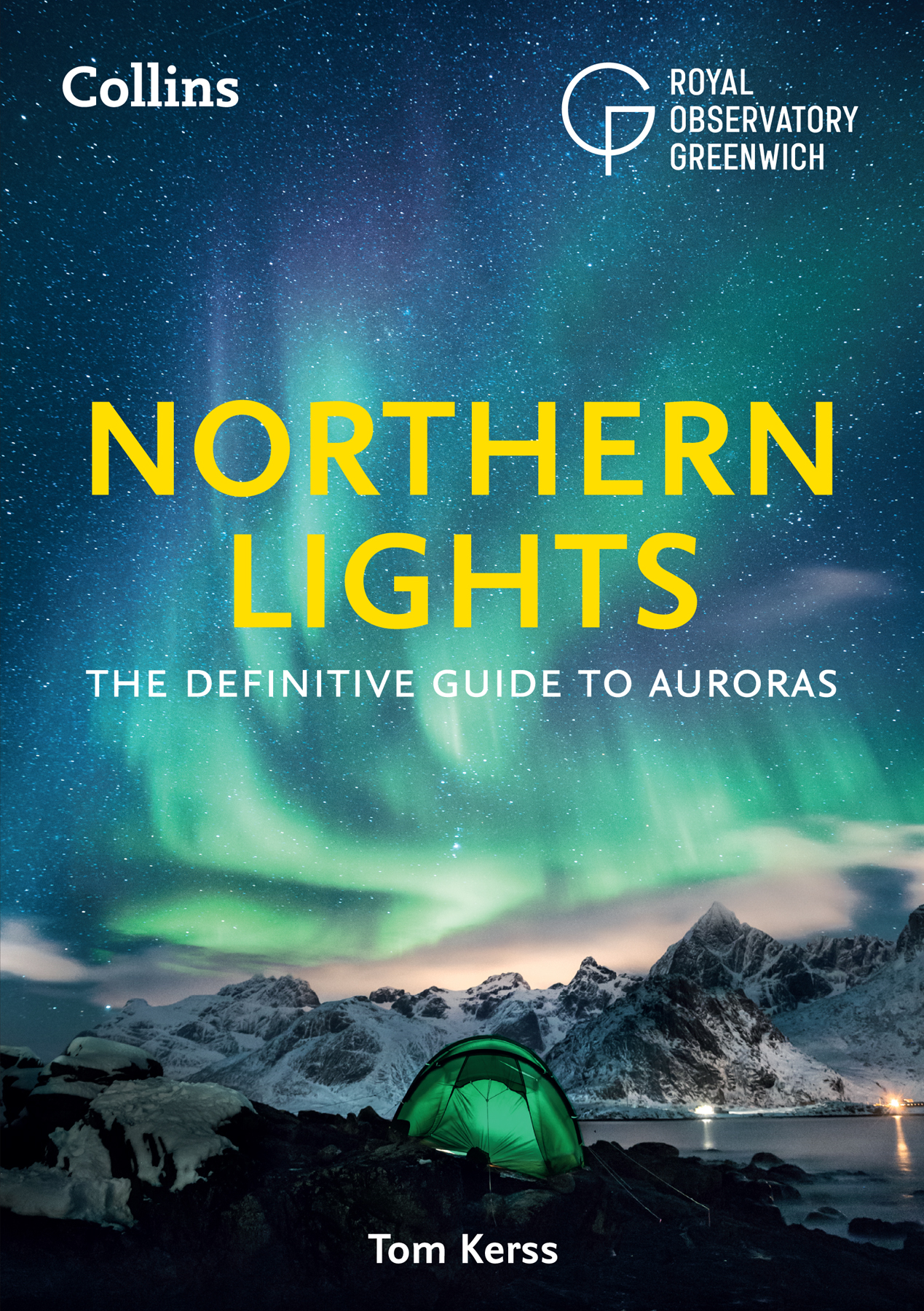Contents
Guide
Published by Collins
An imprint of HarperCollins Publishers
Westerhill Road, Bishopbriggs, Glasgow G64 2QT
www.harpercollins.co.uk
HarperCollins Publishers
1st Floor, Watermarque Building,
Ringsend Road, Dublin 4, Ireland
In association with
Royal Museums Greenwich, the group name for the National Maritime Museum, Royal Observatory Greenwich, the Queens House and Cutty Sark
www.rmg.co.uk
HarperCollins Publishers 2021
Text Tom Kerss
Cover photograph kenopictures / Shutterstock.com
Images and illustrations see
Collins is a registered trademark of HarperCollins Publishers Ltd
All rights reserved under International and Pan-American Copyright Conventions. By payment of the required fees, you have been granted the non-exclusive, non-transferable right to access and read the text of this e-book on screen. No part of this text may be reproduced, transmitted, downloaded, decompiled, reverse engineered, or stored in or introduced into any information storage and retrieval system, in any form or by any means, whether electronic or mechanical, now known or hereafter invented, without the express written permission of Collins.
The contents of this publication are believed correct at the time of creation.
Nevertheless the publisher can accept no responsibility for errors or omissions, changes in the detail given or for any expense or loss thereby caused.
HarperCollins does not warrant that any website mentioned in this title will be provided uninterrupted, that any website will be error free, that defects will be corrected, or that the website or the server that makes it available are free of viruses or bugs. For full terms and conditions please refer to the site terms provided on the website.
A catalogue record for this book is available from the British Library
If you would like to comment on any aspect of this book, please contact us at the above address or online. e-mail: collinsmaps@harpercollins.co.uk
Book Edition August 2021
Source ISBN 9780008465551
E-Book ISBN 9780008465568
Version: 2021-08-07
This ebook contains the following accessibility features which, if supported by your device, can be accessed via your ereader/accessibility settings:
- Change of font size and line height
- Change of background and font colours
- Change of font
- Change justification
- Text to speech
- Page numbers taken from the following print edition: ISBN 9780008465551
Contents
There is infinite suggestion in this phenomenon, and in that lies its charm; the suggestion of life, form, colour and movement never less than evanescent, mysterious no reality. It is the language of mystic signs and portents the inspiration of the gods wholly spiritual divine signalling.
Remindful of superstition, provocative of imagination.
On 21 May 1911, almost eleven months into his ill-fated British Antarctic Expedition, polar explorer Captain Robert Falcon Scott remarked in his diary on an extraordinary display of the Aurora Australis the Southern Lights during which he saw flushes of red appearing alongside the typical green with which he was familiar. With these words taken in isolation, it seems it must have been quite a sight because Scott, himself no stranger to the Lights, composed his account with remarkably romantic language. In fact, he was overwhelmed not once but often, and he seemed to find continuous inspiration from the displays he witnessed above the frozen wastes of the Antarctic pack ice. A month later, at midwinter, he wrote:
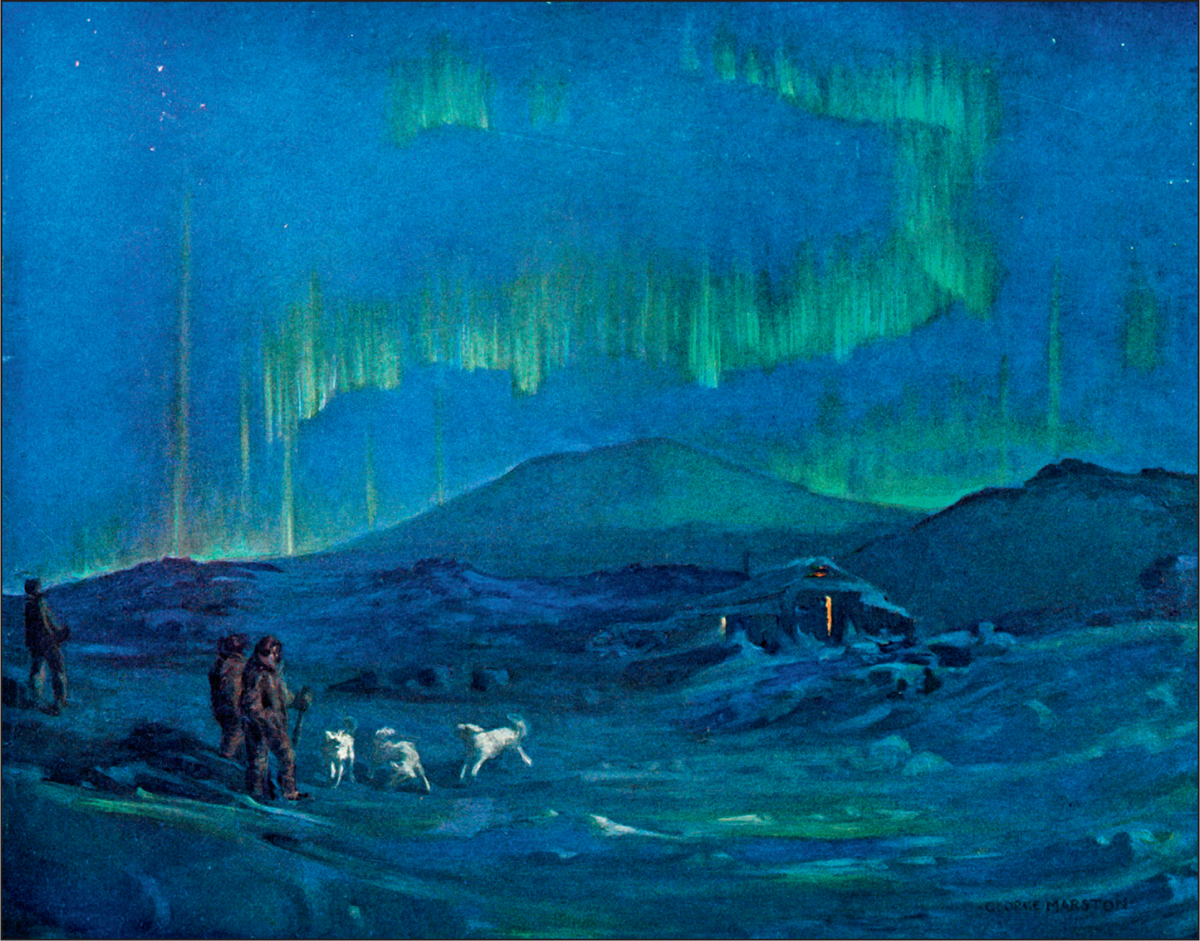
The Aurora Australis painted by George Marston (c.1909)
It is impossible to witness such a beautiful phenomenon without a sense of awe, and yet this sentiment is not inspired by its brilliance but rather by its delicacy in light and colour, its transparency, and above all by its tremulous evanescence of form.
He further opined on its subtlety and spiritual suggestion, illustrating its character as serenely confident yet restlessly mobile. His words are a feast for the imagination and do real justice to something that is very difficult to describe. Being a lesser writer, the most I can add is that seeing a bright and colourful auroral display is like seeing something taken from a dream made real in front of your eyes. There is no adequate substitute to witnessing it yourself. Whether it is the first time, or one of many times, you too will be bound by the same spell that compelled Scott to pen these accounts.
Fortunately, you dont need to venture to the harshest continent on Earth to experience this phenomenon. The Northern Hemisphere, where most of us live, offers myriad considerably more accessible climes from which the Northern Lights no different from or less spectacular than Scotts Southern Lights are widely visible at certain times of the year. Several million people live within the Arctic Circle, where the Northern Lights are simply a part of the night-life; others are sufficiently far north to witness them during highly active periods although they may simply not know when to look; most of us, however, are too far from the Arctic and must plan a trip north a kind of polar expedition of our own.
The purpose of this book is to give you a complete understanding of the Northern Lights. This includes their historical and mythological context, our modern scientific explanations of their cause and nature, and a comprehensive guide to forecasting, stalking, and photographing auroras yourself. With the aid of the tools and tips discussed in these latter chapters, you will be able to comfortably sidestep the world of aurora tourism and take the chase into your own hands. I hope that your first (or next) sighting of the Northern Lights is not far away, and that this guide will help you to make the most of it. No matter how remote or blisteringly cold it may get, the reward is among the most magical experiences available anywhere on the planet. Its well worth the adventure!
In literature, you will find the interchangeable terms Northern Lights and Aurora Borealis. Both refer to the same phenomenon and it is difficult to ascertain which term is more popular even the title of this book required extensive consideration! The name Aurora Borealis was first used by the Tuscan scientist Galileo Galilei in 1616, in reference to rare sightings of shimmering light, known about since ancient times. It is unclear whether he witnessed the outburst of auroral activity over Europe nearly ten years earlier in 1607 or rather inferred its appearance from accurate, secondhand accounts for example, from his contemporary Johannes Kepler. Either way, he believed the phenomenon was related to sunlight reflecting off the atmosphere, and he employed the then-popular convention of using natural mythology in his naming scheme. Aurora is taken from the Latin word for dawn also the name of the Roman goddess of the dawn, who was described in Greek poetry as having rosy fingers. This is a playful nod to the reds and pinks of the eastern sky before sunrise, and it is appropriate when considering the similar colour of auroral curtains visible from southern Europe, where the green is extremely uncommon. Meanwhile, Boreas is the Greek god of the northern wind and sometimes of winter. From here we also extract the term boreal, to describe people or places in the north. The Aurora Borealis then, is the Dawn of the North. Similarly, Aurora Australis is the Dawn of the South. We can also describe them collectively as the Aurora Polaris (Polar Dawn) and pluralise them as auroras or aurorae both are correct.

